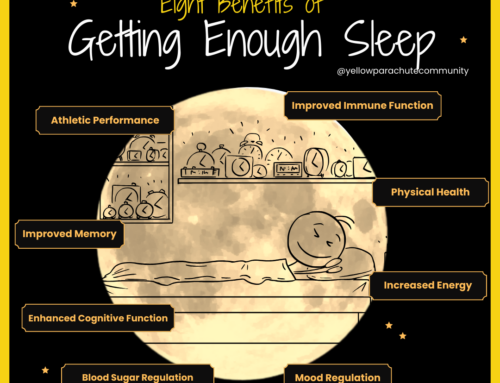For many high school seniors, Thanksgiving is a final calm before the storm of college application stress. I still remember the anxiety of crafting my own admission essays, though I’ve long since forgotten what they were about. You want to be original but not alienating, un-stuffy but respectful, likable but not boring. And to top it all off, some schools have confusing or incredibly specific prompts to reckon with.
As overwhelming as all this is, it helps to reframe the essay as an opportunity, rather than a trap/torture device. The essay is a chance for a student to become real to the admissions board—and by “real” I mean more than the sum of test scores + GPAs + extracurriculars.
For college hopefuls, Rachel Toor’s August 2017 New York Times article on the admissions essay is a must-read, and below are some of my own additional tips, gleaned from my years as a college writing instructor:
Adults Are Children One painful-but-necessary point I make to young writers, is that after high school, no one has to read your writing. Bored or frustrated admissions officials can stop reading whenever they want. They can fall asleep after the first paragraph, snore themselves awake in time to read the last line, then toss your essay into the “meh” pile. Don’t let them. Remember, that while there may be years of education and experience between you and the adult people on the admissions board, they’re still people. And people are, basically, children. If something stops being interesting, they stop paying attention. They like questions and humor and surprises and imagination. So let yourself play a little in your first draft. You can always tone it down later.
Your Feelings Matter. A Lot. The systematic elimination of the “I” voice in the writing of middle and high schoolers across America is one of the worst crimes-against-good-writing. There are certain styles of writing where the “I” voice is rarely appropriate—news reporting, scientific papers, obituaries, Ikea instruction manuals, ransom notes. Everywhere else? Have at it. Pretending that no one, in particular, is writing a given piece of text is strange and awkward. It also forces writers into using passive voice (if you’ve done ACT prep with YP, you know alllll about passive voice), and gets them out of the habit of paying attention to their bodies and feelings. Admission essays are personal essays; your readers want to feel what it’s like to be you. And since so many high schoolers have so many similar coming-of-age experiences, sometimes your feelings, not your experiences, are what will set you apart. Try writing about something that confuses you. It’s always interesting to watch a person admit to and work through surprising and/or contradictory emotions. Were you angry at a funeral? Did you regret volunteering at the soup kitchen? Were you ashamed of the way you won that basketball game?
Read It Aloud Before you ask friends and family to help you with revisions, print out a copy of your essay and read it aloud to yourself, pen-in-hand. Ham it up. Pretend you’re at a party and are trying to dazzle friends and strangers alike. As you read, mark the places where you stumble or feel uncomfortable, and use these marks to help you rewrite. Try listening to some of the storytellers at The Moth to get a feel for how a good story sounds (English Lessons is one of my favorites).
An Oldie But A Goodie Last but far from least, you can’t go too wrong with a good style manual by your side. Strunk and White’s The Elements of Style is my favorite, and this edition, with illustrations by Maira Kalman, is charming.
Carolyn Byrne is a fiction writer and former writing instructor at the University of Minnesota. She is a recipient of a 2018 Minnesota State Arts Board Artist Initiative Grant, as well as a 2018 MacDowell Colony Fellowship.
Want assistance with your admissions essay? Carolyn is here to help. Get in touch with our student coordinator to find out more and set up a consultation.







